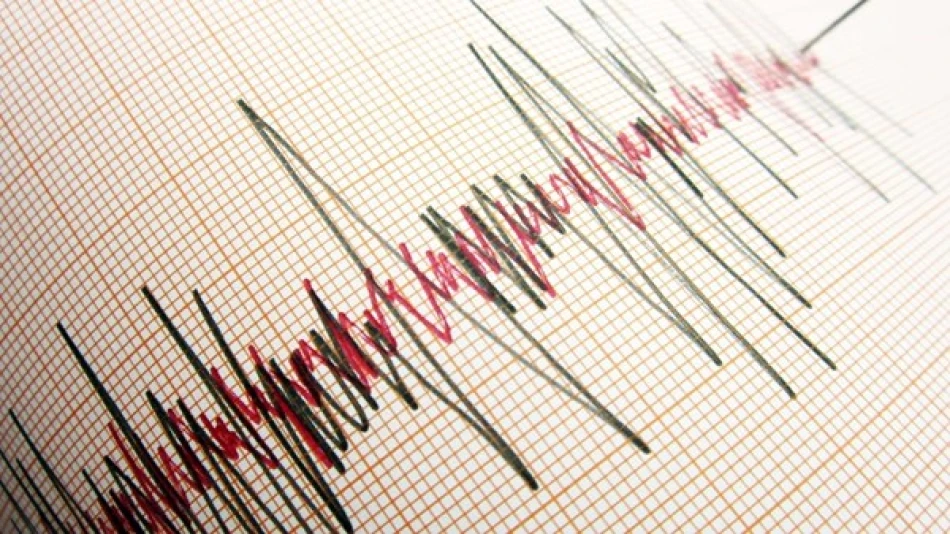
Powerful Earthquake Shakes South Pacific Near Samoa, Sparking Tsunami Concerns
Powerful 6.6 Earthquake Strikes Near Samoa, Highlighting Pacific Ring of Fire Vulnerability
A significant 6.6-magnitude earthquake struck waters near Samoa in the South Pacific on Friday, underscoring the ongoing seismic risks facing island nations positioned along the volatile Pacific Ring of Fire. While no immediate casualties or damage were reported, the event serves as a reminder of the geological forces that regularly threaten communities across this tectonically active region.
Earthquake Details and Immediate Response
The U.S. Geological Survey reported that the earthquake occurred late Friday morning local time, with its epicenter located 440 kilometers southwest of Samoa's capital, Apia. The quake struck at a considerable depth of 314 kilometers, which likely contributed to reducing its surface impact and potential for widespread damage.
Crucially, the U.S. Tsunami Warning System did not issue any tsunami alerts following the earthquake, suggesting that the depth and characteristics of the seismic event posed minimal risk for generating destructive ocean waves.
The Pacific Ring of Fire Context
Samoa's location along the Pacific Ring of Fire places it at the intersection of multiple tectonic plates, making seismic activity a regular occurrence rather than an anomaly. This horseshoe-shaped zone encompasses approximately 75% of the world's active volcanoes and accounts for roughly 90% of global earthquakes.
Regional Seismic Patterns
The South Pacific region experiences frequent seismic activity due to the complex interaction between the Pacific, Australian, and smaller regional plates. Countries like Japan, Indonesia, Chile, and New Zealand share similar geological vulnerabilities, having developed sophisticated early warning systems and building codes to mitigate earthquake risks.
Implications for Island Nations
For small island developing states like Samoa, earthquake preparedness represents both a critical necessity and a significant economic challenge. Unlike larger nations with extensive resources, Pacific island communities must balance limited budgets between immediate development needs and long-term disaster resilience infrastructure.
Economic and Tourism Considerations
While Friday's earthquake caused no apparent damage, such events can impact tourism-dependent economies through temporary travel advisories and heightened risk perceptions. However, Samoa's experience with previous seismic events, including the devastating 2009 tsunami that claimed 192 lives, has led to improved preparedness measures that help maintain confidence in the region's safety protocols.
Looking Forward: Preparedness and Monitoring
The relatively benign outcome of this 6.6-magnitude earthquake demonstrates the importance of depth in determining seismic impact. Deep earthquakes, while powerful, typically cause less surface damage than shallow ones of similar magnitude. This natural buffer, combined with ongoing improvements in seismic monitoring and early warning systems across the Pacific, continues to enhance regional resilience against future geological threats.
As climate change and sea-level rise already challenge Pacific island nations, effective earthquake and tsunami preparedness remains a cornerstone of long-term sustainability for communities living along one of Earth's most geologically active zones.
Most Viewed News

 Layla Al Mansoori
Layla Al Mansoori






